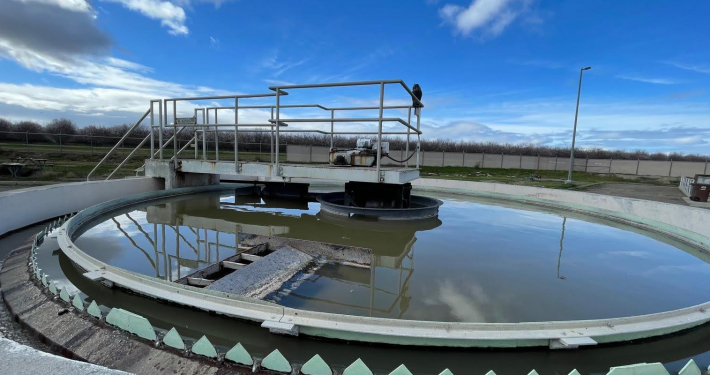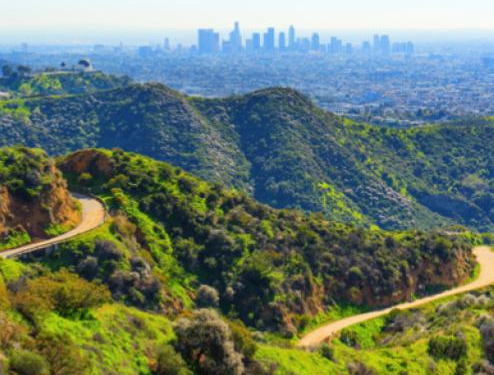October 3, 2024
Edith and Jolly de Guzman co-curated the art exhibit “What’s on Tap: LA’s Water Story…Source to Spigot.”
This story was partially adapted from a post by Pamela S Kan-Rice at UC Agriculture and Natural Resources.
Art, education, and water collide in “What’s on Tap: LA’s Water Story…Source to Spigot.” This interactive art exhibit and accompanying event series is spreading public awareness about the history and future of Los Angeles’ relationship to water.
“I hope that people come away understanding that our relationship to and stewardship of water in LA is not only a critical part of our past history, but essential to determining our region’s future,” said Edith de Guzman, UC Cooperative Extension specialist for water equity and adaptation policy with the UCLA Luskin Center for Innovation and UC Agriculture and Natural Resources.
The exhibit and two different panel discussions organized by de Guzman highlighted how communities in Los Angeles and around California face a variety of water challenges — ranging from access to clean, affordable water to water supplies threatened by a changing climate. The series also underscored the importance of shifting from reliance on imported water to local water resilience through enhanced conservation, water recycling, and rainwater capture.
Other features of the series included a free screening of the movie “Chinatown” and a blind water tasting station. Participants sampled three brands of bottled water along with tap water from the Los Angeles Department of Water and Power (LADWP), and then recorded their guesses about what they were tasting.
“Many people chose LADWP tap as their favorite compared to the bottled brands,” de Guzman said. “So another hope I have is that people will came away with greater appreciation and trust of tap water.”
Edith and Jolly de Guzman co-curated the art exhibit, which highlights five distinct water themes that affect Southern California communities – local water, imported water, tap trust, human right to water, and affordability.
The exhibit began at Avenue 50 Studio and then moved to the El Tranquilo Gallery on Olvera Street, in the birthplace of Los Angeles at the El Pueblo Historical Monument in Los Angeles. The Zanja Madre, a Spanish-era aqueduct that moved water from the Los Angeles River to the Pueblo of Los Angeles between 1781 and 1904, once ran past the gallery location.
Check out photos of the art pieces and interactive programming, plus a video of the panel discussion on water equity at the opening reception. Also check out closing reception photos and a video of a panel discussion on local water from the second leg of the programming at El Pueblo de Los Angeles Historical Monument.
Get our latest research in your inbox.
EXPERTS
- Edith B. de Guzman, Policy Specialist
More Water updates
 Urban wildfire: water system capacities and limitations
Urban wildfire: water system capacities and limitations
Researchers convene statewide experts to assess firefighting capacity, infrastructure gaps, and policy solutions.
 Phase 1 of statewide wastewater assessment sets foundation for equitable solutions
Phase 1 of statewide wastewater assessment sets foundation for equitable solutions
UCLA-led research delivers the first statewide baseline of wastewater system risks, gaps, and solutions to support equitable infrastructure planning in California.
 Building resilient utilities: UCLA issues report on key water and power infrastructure needs
Building resilient utilities: UCLA issues report on key water and power infrastructure needs
Smart meters and undergrounding power lines are among promising innovations in addressing climate and fire risks.



